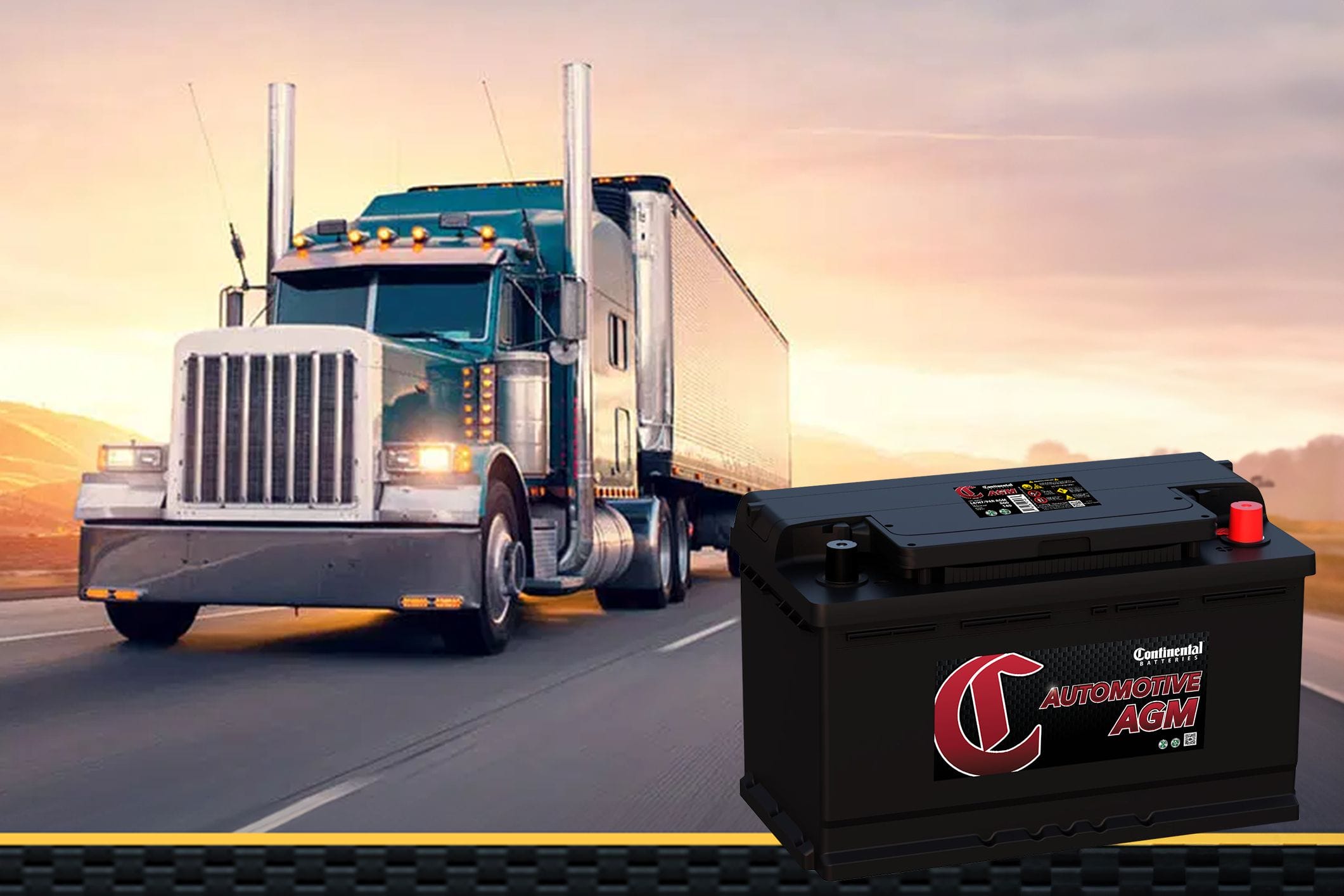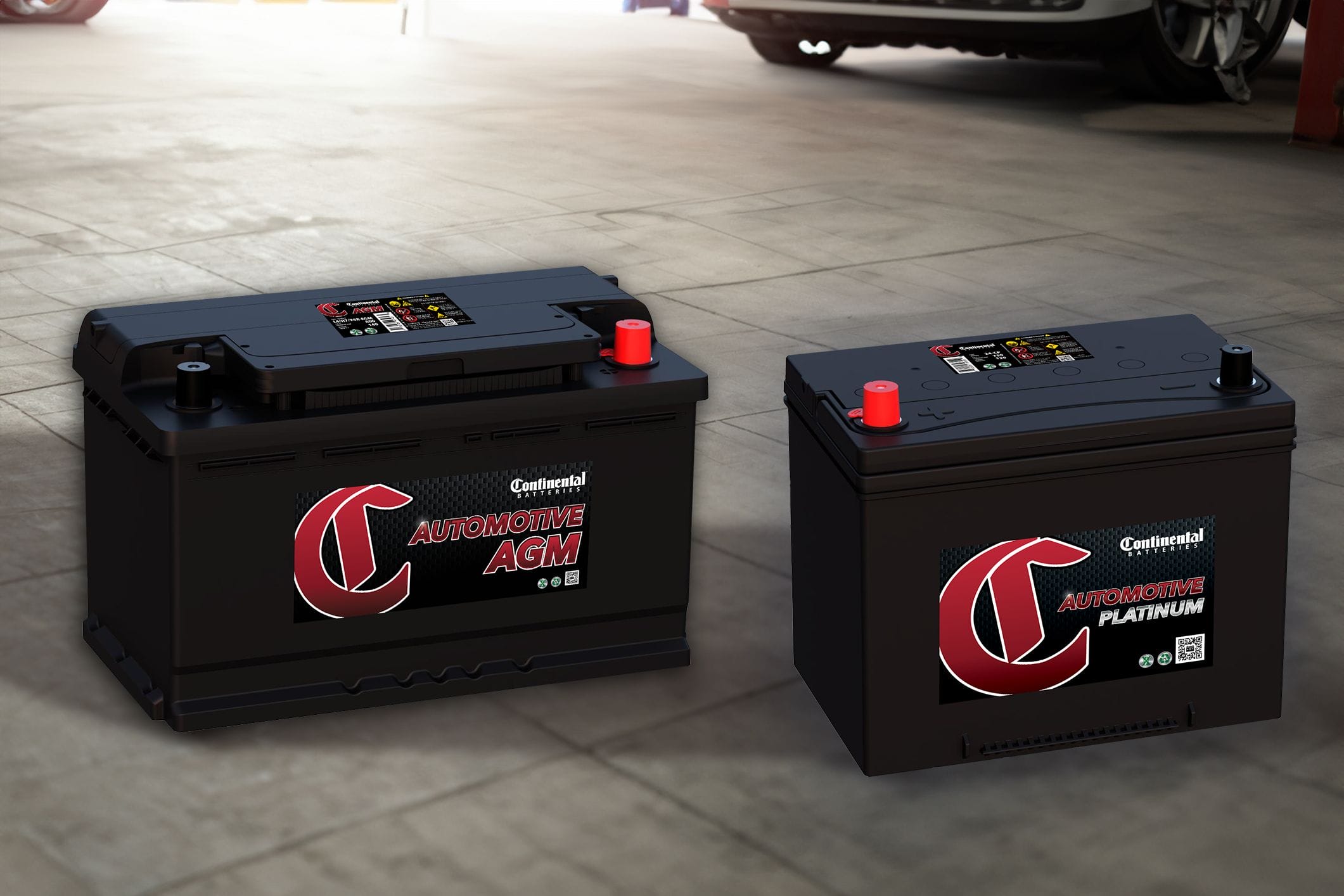
Click. Click. It’s a sound no car owner wants to hear. The key’s in the ignition, you’re ready to ride, but the engine won’t turn over.
A dead battery is, at best, inconvenient — and it can even be dangerous if it leaves you stranded.
If you’re like most car owners, you don’t give your battery much thought until it starts acting up or quits altogether. Once you get to that point, you might think buying a new battery is the only option. But knowing when and how to charge a car battery to maintain its health can help you avoid that dreaded click and the added expense of replacing a perfectly good car battery.
In this blog post, we’ll explore when to charge a battery and when to replace it, and offer step-by-step tips on how to charge a car battery with a charger.
Charge or Replace?
The lifespan of a car battery can depend on several factors, from the type of battery to your driving habits to the climate and conditions where you live. However, replacing a poorly functioning battery isn’t always necessary. If your battery is less than three years old, charging it could prolong its life and save you money. Often, all a battery needs is a slight recharge to return to optimal performance.
When to Charge a Battery
- After sitting for an extended period. Batteries lose charge over time, even when not in use. If your car has been sitting unused for months, your battery is likely in need of a charge.
- Cold weather exposure. Cold weather diminishes battery capacity. If your car sits in frigid temps, it may require charging.
- Parasitic draw or user error. If you left the lights on in your car, or your battery is drawing more power while the car is off (parasitic draw) due to an abundance of electronics onboard, a charge can bring it back to full capacity.
When to Replace a Car Battery
- Old age. A conventional lead-acid car battery has a lifespan of three to five years. If yours is reaching the upper limit and dies suddenly, it may be time to replace it.
- Frequent dying. If your battery dies often, even after being fully charged, it will likely need to be replaced.
- Visible damage. If you pop the hood and see cracks, bulges or other visible signs of damage, do not attempt to recharge your battery. Take it to a qualified technician and replace the damaged battery.
- It smells bad. Batteries don’t typically have a scent, but when a car battery is damaged or dying, it may be releasing hydrogen sulfide gas or leaking sulfuric acid from inside the battery. Since gas and sulfuric acid are toxic, immediate, professional attention is required.
Chronic electrical issues. If you notice persistent electrical issues like dimming lights, slow cranking or malfunctioning electrical components, your battery may be failing.
Step by Step: How to Charge a Car Battery
Start by testing your battery using a voltmeter. If the voltage drops below 12.2, it’s time to recharge the battery using a suitable charger.
Step 1: Gather Your Supplies
Here’s what you'll need to get started:
- Gloves
- Safety glasses
- Battery charger

Step 2: Prepare Your Car
Before you begin, park your car in a well-ventilated area and ensure the engine is off. Let the battery cool down if it's hot. For your safety, wear protective gear, including gloves and safety glasses.

Step 3: Inspect the Battery
Open your car’s hood and examine the battery for any visible damage like cracks or bulging. Also, sniff for a rotten egg smell, which indicates a damaged battery. If you notice any of these issues, it’s better to consult with a professional.

Step 4: Disconnect the Battery
Start by disconnecting the negative battery terminal, followed by the positive terminal. This prevents any electrical short circuits while you work on the battery.

Step 5: Connect the Charger
Ensure your battery charger is turned off before you connect it. Attach the positive charger cable to the positive terminal of the battery. Then, connect the negative charger cable to a stable metal part on the vehicle’s frame, away from the battery.

Step 6: Set the Charger and Charge
Refer to your car’s manual and the charger’s instructions to set the correct voltage and amperage. Charging at a lower amperage is recommended as it’s gentler on the battery and enhances its longevity.
Turn on the charger and let it do its job. If you have an automatic charger, it will shut off when the battery is fully charged. Otherwise, keep an eye on the charger's indicator to know when the battery is charged.

Step 7: Disconnect and Reconnect the Battery
Once the battery is fully charged, turn off the charger and disconnect the cables, starting with the negative cable. Then, reconnect the battery terminals, beginning with the positive terminal. Ensure all connections are tight and secure.
FAQ
What type of charger should I use? The type of charger will depend on the battery type. Make sure you closely follow the charger’s instructions to avoid damaging the battery. Look for chargers that automatically monitor the charging levels to prevent overcharging the battery.
Common types of chargers include:
- Trickle chargers provide a low current over a period of time. If left connected for too long, there is a risk of overcharging.
- Smart chargers start strong with a higher charging current and then switch to a maintenance current once the battery is adequately charged. Because smart chargers monitor and adjust or shut off completely based on your battery's charge, there is no risk of overcharging.
How long does it take to charge a battery? The length of time your battery is connected to the charger will vary based on the amperage the battery charger outputs. It can take between four and 24 hours to charge the battery. On the low end, you may be able to get enough of a charge to start the car a few times. If you’re looking for 100% charge, it’ll take longer.
Can I recharge a completely dead battery? If your car battery has fully drained to 0%, it's likely already sustained damage. While you might be able to recharge it to some extent, it won’t return to full capacity and may even harm your vehicle. When your battery completely loses charge, it's best to consider recycling it and getting a replacement.
How can I get the most out of my car battery? To get the most life out of your car battery and avoid replacing it before you have to, focus on maintaining both the battery and your vehicle. This includes testing and charging your battery, properly storing it when not in use and cleaning any corrosion that may develop around the battery terminals.
Don’t Be Surprised by a Dead Battery
Don’t wait until you hear that dreaded click. Bring your battery to any Continental Battery Systems retailer for a battery test. We’ll conduct a free battery test, evaluate the health of your battery and help you determine next steps.





